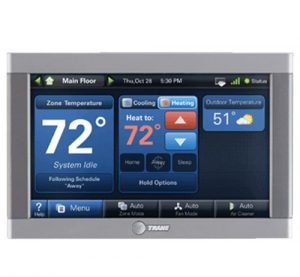In part one of this blog series, we started discussing materials that can be used to maximize your new home’s efficiency and help you save energy and money. While these materials and methods may at times cost more upfront than traditional building materials, the cost savings can be recouped faster than you may think in some cases. It’s a good idea to talk to your home contractor and construction company to discuss all alternatives when building your new home. Here are a few more tips of material and process topics you may want to explore as options:
Is straw a good option for your home? While it may come as a surprise to many, straw bales can actually be a very strong and durable material to use in your home construction. When combined with other materials such as stucco or plaster, it provides excellent insulation and long-lasting durability. Some experts predict this readily available material can actually last thousands of years if kept properly dry.
Use recycled materials whenever possible. Using recycled lumber or plastic composite materials can greatly reduce the environmental impact your new home build has. As you know, new homes require a great deal of raw materials to construct, so using recycled materials is a no brainer if you can easily find it in high quality. Many high efficiency homes now use a wood/plastic composite combination that is extremely efficient and highly durable. While again more expensive than traditional lumber, it is much more durable and will outlast its alternative.
Explore structured insulation panels as an option. Structured insulation panels are essentially foam insulation sandwiched between two pieces of plywood, cement boards or other common building materials. This type of insulation layering can greatly increase the overall performance in your home regardless of the environment or season. By some estimates, using SIPs (structured insulation panels) can help save up to 50 percent in energy costs when compared to traditional insulation and construction materials.
Install Low-E windows in your new home. Low-E windows (in which the “E” stands for emissivity) can help keep heat inside your home during the colder winter months and keep it outside during the summer. A clear metallic oxide coating covers the outside of these windows, reducing energy loss almost to zero when installed properly. Some Low-E windows also include a softer coating of the material between panes of glass, making them even more energy efficient. While windows are a large investment in a new home no matter what type you use, spending extra on high efficiency here can be one of the biggest home performance boosters you can have in a home.
If you are building a new home, we highly recommend thinking about and planning for maximized efficiency while having the lowest impact on your new home construction’s impact on the planet. New products and materials are coming out each year to address both, so the options are certainly out there. If you have questions on these or any other home energy topics to consider while building your new home, don’t hesitate to reach out to our team here at BelRed. Happy building!







